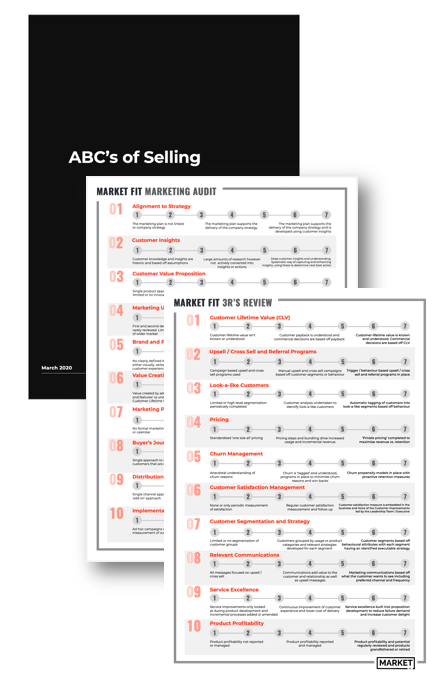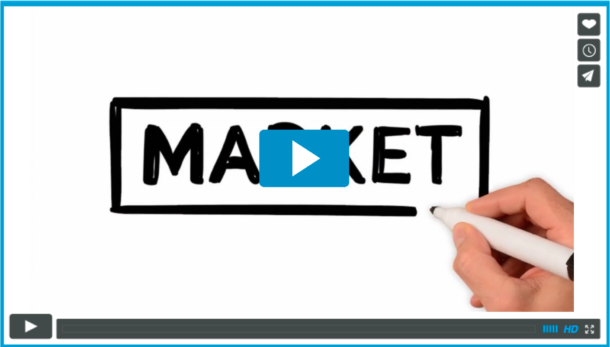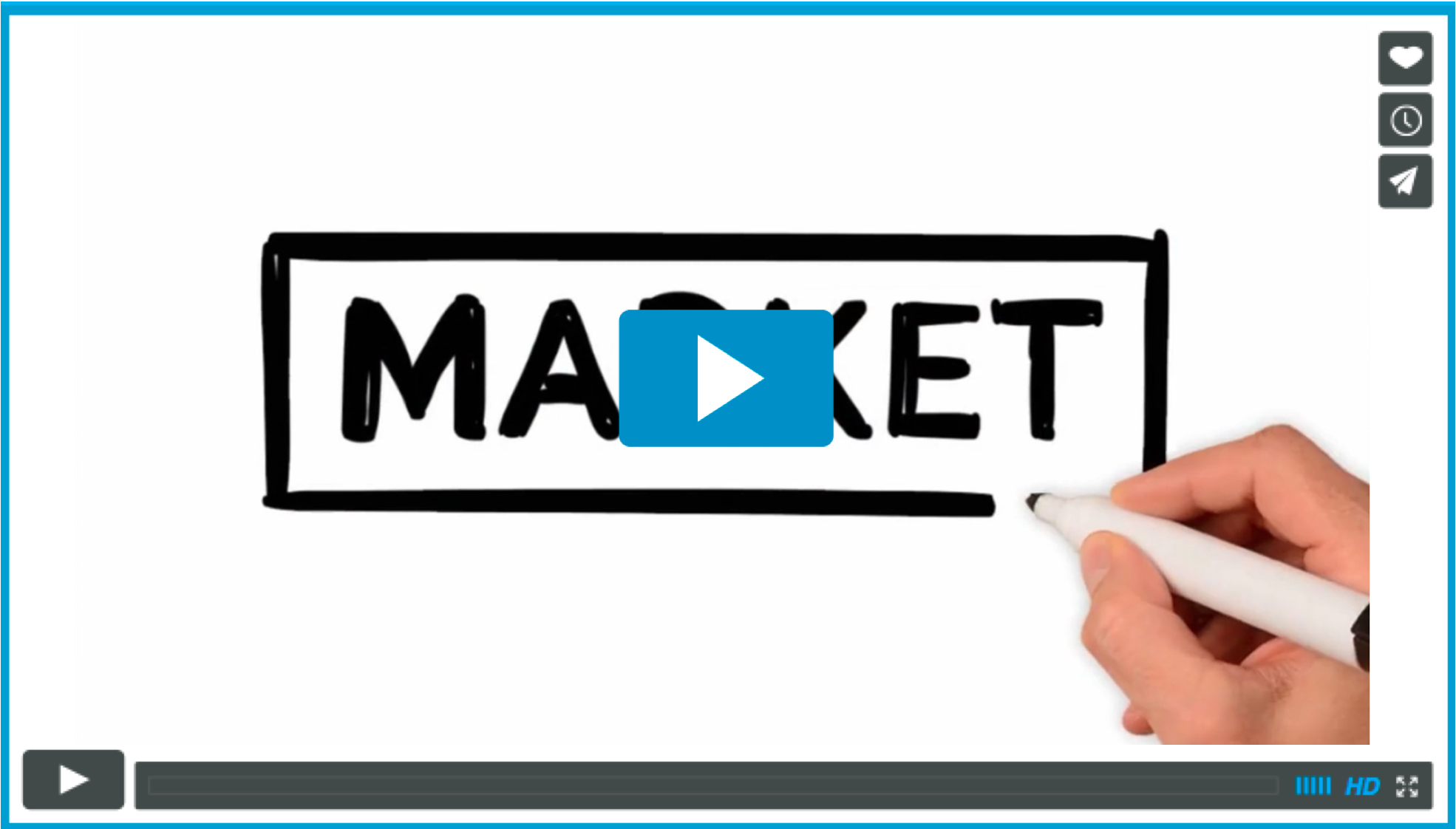Publishers have a love/hate relationship with large digital platforms such as Google, Twitter and Facebook. While publishers love that these platforms provide audience and traffic, they also hate that the platforms reap financial rewards against content they haven’t created (or funded).
Google is a good example – by organising and making publisher content easily discoverable through their search engine, Google drives significant traffic into publisher sites. Of course, at the same time Google sells advertising against this content, scraping content from dedicated news sites and displaying the results within Google products. So while publishers create and pay for the content, it is Google who gets to monetise it.
These claims can also be leveled against newer platforms like Facebook and Twitter – both use publisher content to attract more eyeballs to their sites, and both earn significant revenues against this content. To make matters worse for publishers, according to the KPCB 2015 internet trends report users are increasingly turning to Twitter as their first source for news.
So publishers have traditionally faced a tradeoff – they go where the audience is (and increasingly that means the digital platforms) to gain the presumed benefits of branding and reach into newer and younger audiences, but in doing so they give content away, without options to monetise – given these platforms typically operate as walled garden ecosystems.
So historically the publisher has gained audience but without the opportunity to directly monetise against it. That is, until recently…
Facebook has recently partnered with 9 publishers (including The New York Times, BuzzFeed, The Atlantic, National Geographic), allowing these partners to publish their content directly onto Facebook. Doing so lets them benefit from a newly agreed advertising revenue share deal from Facebook for directly published content. This deal also lets publishers directly sell ads around their Facebook posted content, presumably for higher commission. Prior to this publisher content was only accessible from Facebook via external links – meaning the consumer had to leave the Facebook ecosystem, and the publisher had no options to monetize within Facebook.
What’s in it for Facebook?
- Giving their users access to new and original content without the inconvenience of leaving the Facebook platform creates a better user experience
- The resultant higher user engagement gives Facebook the opportunity to retain their users, and increases opportunities for Facebook to drive monetisation
- Advertising against this new content will also be incremental, giving Facebook additional revenue streams, meaning Facebook retains a net benefit from new publisher revenue share deals
- Keeping publishers happy cements relationships for Facebook, who need new content to constantly refresh their site and consumer offer
What’s in it for the Publishers?
- Being where their audience is
- Earning a return on their content
So, the three or possibly four things publishers are looking for in this partnership are:
- To display their content in front a captive audience (to fish where the fish are)
- The ability to monetise their content on Facebook
- To expose their brand and content to a new audience
- Depending on the agreement with Facebook the Publishers may get access to customer information and profile data, which has traditionally been hard to obtain in the digital world.
On the flip side two issues will worry publishers:
- Fragmenting their audience between their own site and Facebook lessens the value of the audience on each platform. In other words – is it more valuable to have the audience on the publisher’s site or on Facebook’s?
- Handing control of some of their revenue stream to Facebook (therefore creating a reliance on Facebook for part of their value chain and financial success). At an extreme, publishers are passing control of advertising sales and audience generation to direct competitors, which may end in publishers just becoming content shops.
How does this affect the paid content model (Paywalls)?
There is a final point publishers need to consider – what will the impact of this move be on their paid content strategies? A publisher’s reaction is likely to be driven by their customer profile and segmentation.
The traditional metered paywall model works on the 80/20 principle – 20% of an audience consumes (or reads) 80% of your content, and 80% of an audience consumes only 20%.
Paywall meters are typically set to maximise the impact of the 80/20 rule. The 80% of customers consuming only 20% of articles are unlikely to pay for content – they don’t receive enough value to warrant paying for the content. Whereas the 20% who consume 80% of the content are likely to be more willing to pay.
Adding content to digital platforms encourages audience fragmentation, which will in turn reduce the potential uptake of paid content.
Under the new Facebook model, publishers must quickly understand whether a reader is new to the brand, or (if they are an existing reader) whether they are part of the 80% light readers or 20% heavy readers (and therefore a target for a subscription).
Using customer profiles, cookies and analytics to understanding this can enable the management of their content and meter levels to maximize the utility and advertising revenue without cannibalising potential paying subscriptions.
My View:
So – what does this all mean?
Ultimately I think this is a good move for Facebook, but remains a “watch this space” for the publishers.
It’s a move in the right direction, but ultimately is likely to only be one of many strategies that publishers will have to pursue as they continue to search for new ways of monetising their audience.
Finally all media not just ‘traditional’ publishers will be closely watching this space.





